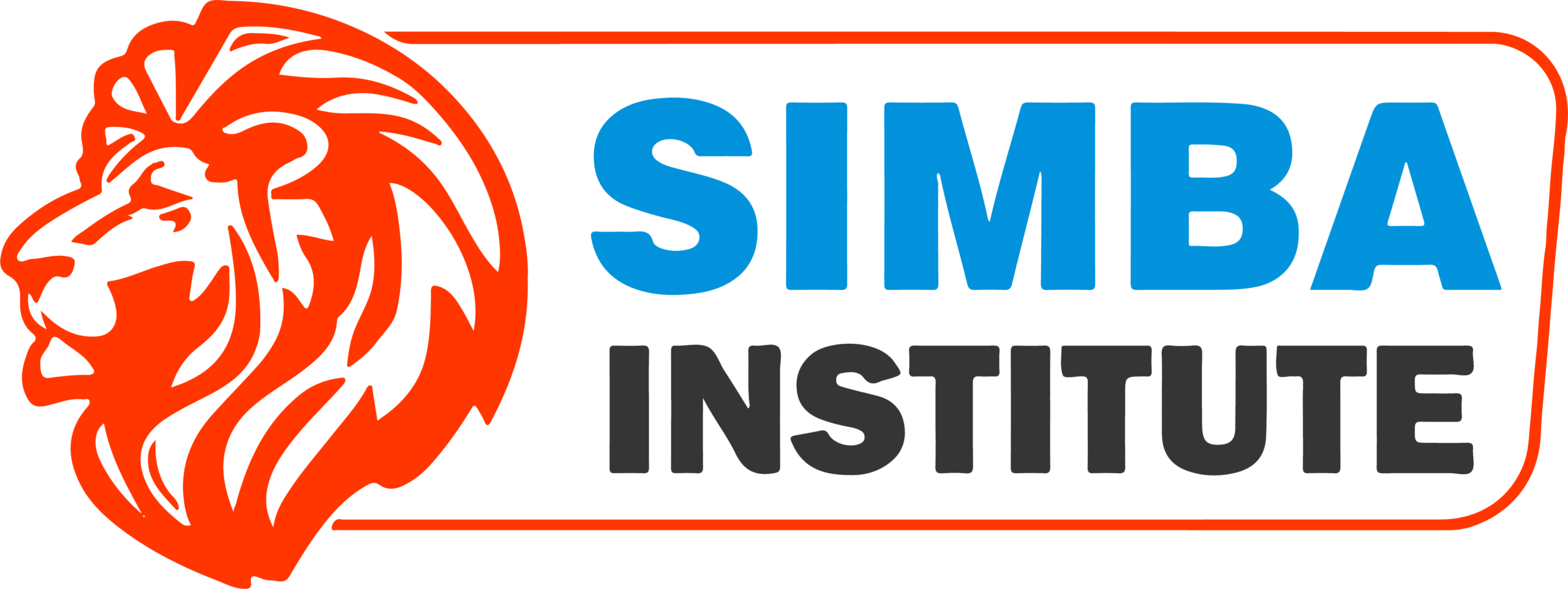Introduction:
Are you looking to boost your website’s search engine visibility and performance? Technical SEO is the key! In this comprehensive guide, we’ll walk you through the essential aspects of technical SEO that you need to know. Let’s dive in!
1. Website Speed: The Need for Speed
Not only is website performance crucial for user experience, but it also affects search engine rankings. Websites that load slowly irritate visitors and may have a higher bounce rate. Reduce the amount of code on your website, reduce the size of your images, and use caching strategies to improve its speed. Your website will load swiftly thanks to these modifications, which will satisfy search engines and keep users interested.
2. Mobile-Friendliness: Embrace the Mobile Revolution
With the majority of internet users accessing websites on mobile devices, having a mobile-friendly website is no longer an option but a necessity. Responsive design is the key here. Ensure that your website adapts seamlessly to different screen sizes and provides a user-friendly experience across all devices. This not only improves your search engine rankings but also enhances user satisfaction.
3. Site Structure: Building a Solid Foundation
A properly-structured website is important for search engines as well as users. It facilitates search engines’ comprehension of your website’s organization and content. To achieve this, focus on creating logical URL structures, implementing a clear navigation menu, and utilizing breadcrumbs. These elements not only improve user experience but also make it easier for search engine crawlers to navigate and index your website.
4. XML Sitemap: Guiding Search Engines
An XML sitemap functions similarly to a search engine crawler’s road map. It lists all the pages on your website, ensuring that search engines discover and index your content efficiently. Regularly update and submit your sitemap to search engines to keep them informed about your website’s structure and content changes.
5. Robots.txt: Directing the Crawlers
An essential tool for instructing search engine crawlers is the robots.txt file. It tells them which pages to visit and which not to. Verify that your robots
Make sure your robots.txt file is correctly configured to prevent indexing of irrelevant or sensitive pages, ensuring that search engines focus on the most important parts of your website.
6. Canonicalization: Avoiding Duplicate Content Pitfalls
Duplicate content can harm your search rankings. Canonical tags come to the rescue!When a page has many versions, using canonical tags aids search engines in determining which version is preferable. This guarantees that search engines give your information the appropriate weight and avoid penalizing you for duplicate content.
7. HTTPS and Security: Protecting Users and Rankings
In today’s digital landscape, security is paramount. Switching to HTTPS (secure protocol) not only protects user data but also improves your search engine rankings. Ensure that your website has an SSL certificate and is secure, giving users and search engines the confidence they need to interact with your website.
8. Structured Data: Enhancing Search Results
Structured data markup, such as Schema.org, makes your material easier for search engines to understand. By implementing structured data, you provide search engines with additional context about your website’s content, enabling them to display rich snippets in search results. Rich snippets can increase click-through rates and drive more organic traffic to your website.
9. URL Optimization: The Power of Descriptive URLs
URLs play a significant role in both user experience and search engine optimization. Make use of easily comprehensible URLs that are rich in keywords and descriptive for both people and search engines. You may increase the visibility and clickability of your URLs in search results by avoiding the use of dynamic parameters and adding relevant keywords to your URLs.
10. Technical Errors: The Devil is in the Details
A website’s upkeep depends on regular technical issue monitoring and correction. You can lose ground in search engine results due to crawl issues, 404 errors, server errors, and broken links. Utilize tools like Google Search Console to identify and resolve these issues promptly, ensuring that your website is error-free and search engine-friendly.
Conclusion:
Mastering technical SEO is essential for improving your website’s search engine visibility and performance. By optimizing website speed, embracing mobile-friendliness, creating a solid site structure, utilizing XML sitemaps and robots.txt, implementing canonicalization, ensuring HTTPS and security, leveraging structured data, optimizing URLs, and fixing technical errors, you’ll be well on your way to achieving SEO success. Remember, technical SEO works hand in hand with other optimization techniques, so make sure to implement a holistic approach to maximize your website’s potential. Happy optimizing!




